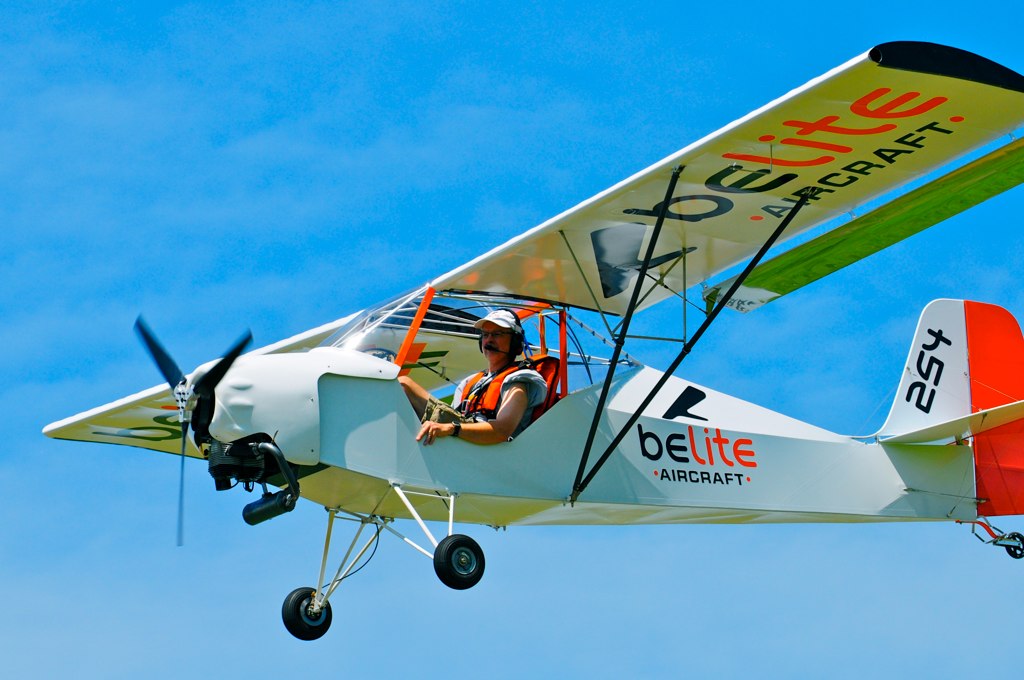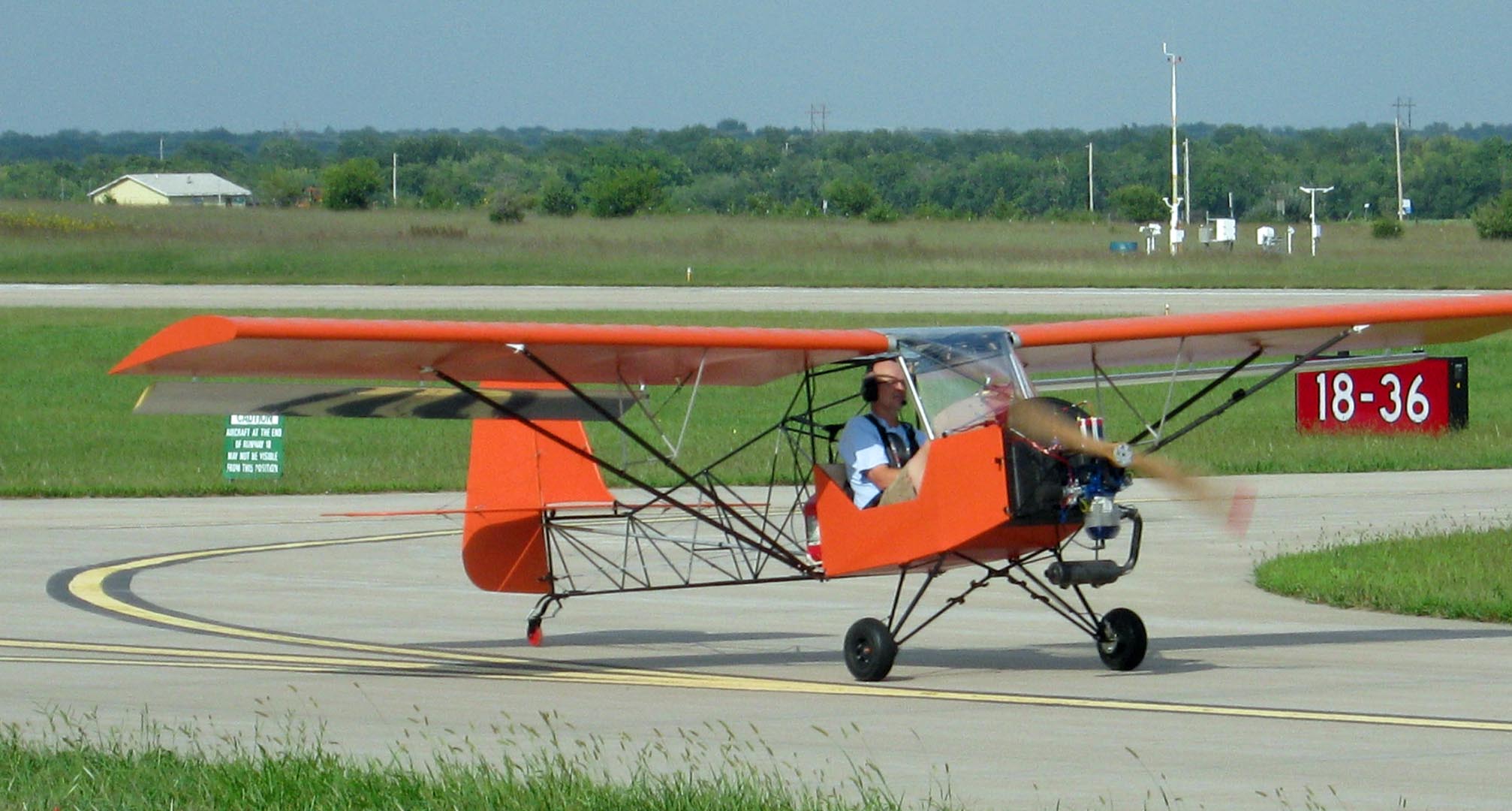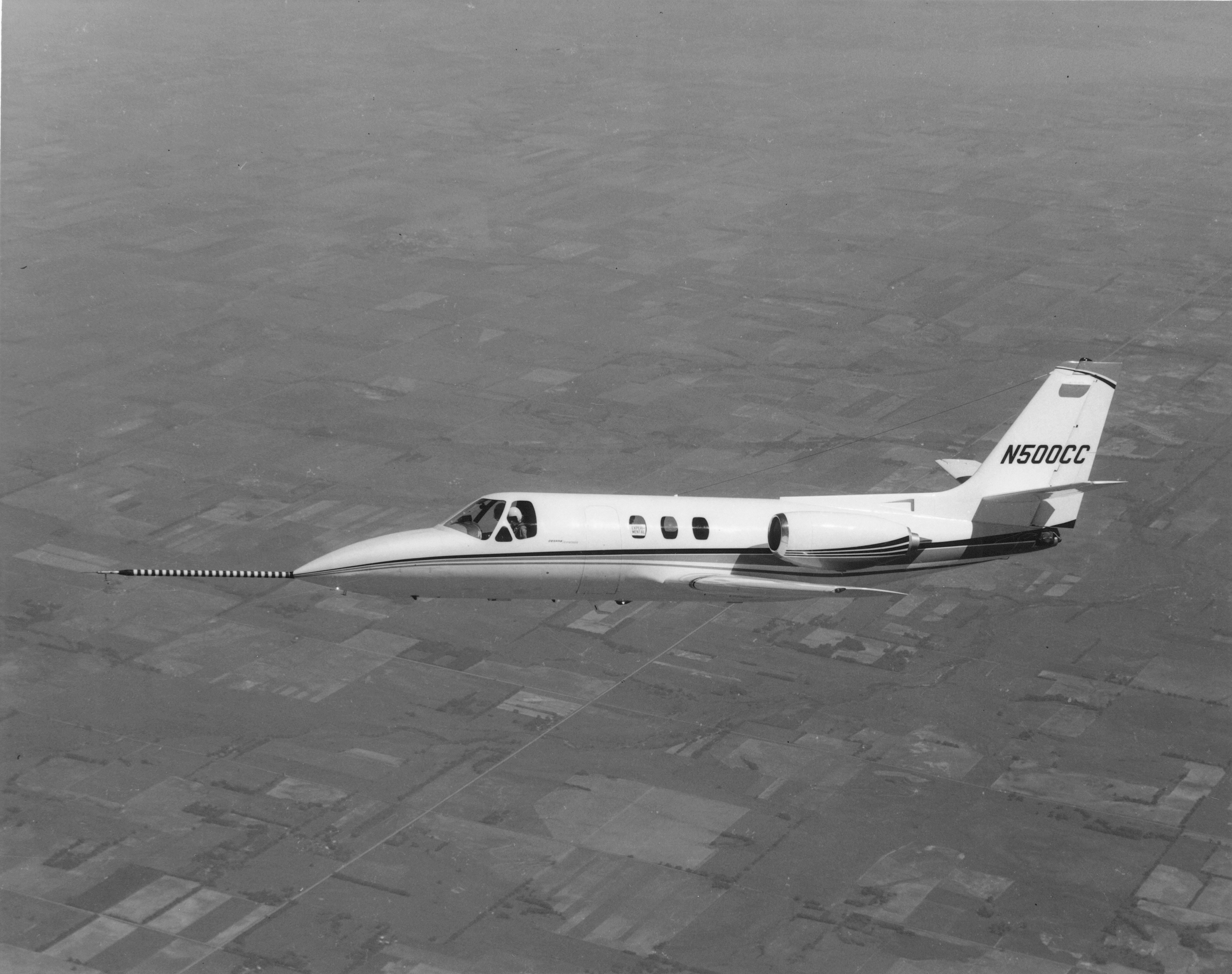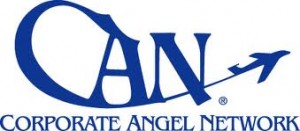Lesma Handling Group of Spain Switches to ARINC’s AviNetR Network Service
September 16, 2009
Annapolis, Maryland, USA, September 15, 2009—In competitive bidding, ARINC Incorporated has been awarded the Type B networking contract of Lesma Handling Group, Spain’s fastest-growing aviation ground handling company.
Founded in 2002, Lesma currently provides efficient passenger processing and ground handling services for more than 25 airlines at 14 Spanish airports.
“We selected ARINC’s AviNet® networking proposal as the most cost-effective solution for us,” stated Miguel Oanta, Lesma Group IT Manager. “Their Type B message products are flexible and will meet our specific needs, while their fixed-fee charging practice makes billing quite transparent. This will allow us to budget more easily for operating expenses.”
ARINC has already deployed AviNet Type B at Lesma’s headquarters at Barcelona Girona airport. Service for the 13 other locations is scheduled for installation by October.
“Despite being relatively new in the ground handling industry, the Lesma Handling Group has a variety of advanced operational requirements,” stated Dave Poltorak, Vice President & Managing Director, ARINC EMEA. “We were able to develop a custom proposal to meet their networking needs at a very favorable price.”
The Lesma Group makes extensive use of Type B connectivity to exchange operational information on flight plans, landing delays, baggage, ticketing and passenger handling. Communications can consist of Telex, fax, e-mails, or standard Type B messages.
AviNet Type B message service is cost-effective and highly reliable, with guaranteed delivery for mission-critical aviation business communications. Built-in protocol translation allows AviNet users to enjoy transparent Type B connectivity with trading partners who use either legacy or modern communications systems. Versatile access products provide users with simplified entry and handling of different types of messages.
The Lesma Handling Group operates from 14 Spanish airports, offering full handling services (passengers, ramp, cargo, representation and supervision) at Girona and Reus airports, and front-of-house services and airline representation at Palma de Mallorca, Valencia, Sevilla, Tenerife Sur, Murcia, Valladolid, Santander, Zaragoza, Jerez, Granada, Santiago de Compostela and Ibiza. In 2008, Lesma handled almost 42,000 flights and provided services to approximately 11 million passengers.
Rotorcraft Support Inc. Joins Latitude Technologies’ Dealer Network
September 16, 2009
Latitude Technologies announced today the addition of Rotorcraft Support,
Inc. (RSI) to its network of qualified aeronautical dealers and installers.
RSI which is based in Southern California will become a sales and
installation facility for the Latitude family of products which includes the
SkyNode® S200 Iridium Voice/ Data / Messaging / AFF Transceiver, the
SkyNode® S100 Messaging / Data / AFF Transceiver, various text messaging and
dialing units as well as future Latitude products currently under
development.
“RSI is a welcome addition to our dealer network. Their qualified staff of
helicopter experts and sales professionals will be a benefit to Latitude
Technologies’ end user customers which include Corporate Flight Departments
and Search & Rescue, Law Enforcement and Fire Protection agencies,” stated
Jo Kremsreiter, US Sales Manager for Latitude.
“We are proud to be joining the Latitude Technologies dealer network and are
excited at the prospect of providing innovative solutions to our customers
whose unique operations require discrete satcom communications,” said Mike
Broderick, Director Business Development for Rotorcraft Support Inc.
Hawker Beechcraft, Lockheed Martin Team to Compete for U.S. Air Force LAAR Aircraft
September 16, 2009
Hawker Beechcraft, Lockheed Martin Team to Compete for U.S. Air Force Light Attack and Armed Reconnaissance Aircraft
WICHITA, KAN. / OWEGO, NY (Sept. 15, 2009) – Hawker Beechcraft Corporation (HBC) and Lockheed Martin [NYSE: LMT] have teamed to compete for the opportunity to provide a low-cost, low-risk solution to address U.S. Air Force (USAF) needs for a Light Attack and Armed Reconnaissance (LAAR) aircraft. The USAF is expected to launch an acquisition program in fiscal year 2010.
HBC, based in Wichita, Kan., will be prime contractor and Lockheed Martin Systems Integration in Owego, NY, will be the mission systems integrator for the Beechcraft AT-6 LAAR aircraft. The AT‑6 will be a product of the combined heritage and expertise of the two companies, leveraging the existing worldwide fleet of Hawker Beechcraft T‑6 aircraft that recently passed the one million flying hour milestone, with the proven missions systems integration expertise of Lockheed Martin.
“This teaming agreement marks a big step forward in working to meet the Air Force’s emerging Irregular Warfare needs,” said Hawker Beechcraft Chairman and CEO Bill Boisture. ”By teaming with Lockheed Martin, we will deliver an AT-6 LAAR aircraft that meets the training and light attack capabilities the Air Force needs in one flexible platform. The AT-6 is a low-risk, low-cost solution that complements existing combat aircraft capabilities and will contribute to the Air Force’s building partner capacity initiatives around the world.”
“The Hawker Beechcraft and Lockheed Martin team bring together the best of both worlds: a proven platform and a proven mission system integration capability,” said Marillyn Hewson, president of Lockheed Martin Systems Integration – Owego. “Together, we have a strong offering that will deliver a needed light attack capability requested by the warfighter.”
The AT‑6 incorporates the very best of proven training and close air support capability to meet expected LAAR requirements. The aircraft covers a wide mission spectrum that includes training, manned Intelligence Surveillance and Reconnaissance (ISR) and light precision attack, while also offering non-traditional capabilities for Homeland Defense and Civil Support missions. The AT-6 has tremendous commonality between the USAF T-6A and the U.S. Navy (USN) T‑6B, and Lockheed Martin-developed missions systems avionics commonality with the combat-tested A‑10C.
Last week, production began on a second AT-6 prototype, designed to both improve performance and expand mission capabilities over the first AT-6 prototype, which is currently in flight testing through spring 2010.
HBC has been meeting the needs of U.S. and foreign military customers around the world with trainer, weaponized trainer and special mission aircraft, which are currently in service in more than 50 nations. Today, all USAF and USN student pilots train in a Hawker Beechcraft aircraft. Lockheed Martin Systems Integration – Owego is a world leader in mission systems integration on multiple platforms, including the A-10C Precision Engagement modification program, which provides an innovative government industry teamwork approach and combat-proven precision strike capability.
Hawker Beechcraft Corporation is a world-leading manufacturer of business, special mission and trainer aircraft – designing, marketing and supporting aviation products and services for businesses, governments and individuals worldwide. The company’s headquarters and major facilities are located in Wichita, Kan., with operations in Salina, Kan.; Little Rock, Ark.; Chester, England, U.K.; and Chihuahua, Mexico. The company leads the industry with a global network of more than 100 factory-owned and authorized service centers. The company reported 2008 net sales of $3.5 billion.
Headquartered in Bethesda, Md., Lockheed Martin is a global security company that employs about 140,000 people worldwide and is principally engaged in the research, design, development, manufacture, integration and sustainment of advanced technology systems, products and services. The corporation reported 2008 sales of $42.7 billion.
Sikorsky West Palm Beach Facility Receives Florida Governor’s Business Expansion Award
September 16, 2009
TALLAHASSEE, Fla., Sept. 15, 2009 – Sikorsky Aircraft Corp. announced today that its West Palm Beach facility has been awarded the Florida Governors’ Business Diversification Award for Business Expansion. Coordinated by Enterprise Florida (EFI), an organization devoted to economic development in the state, the award recognizes business achievements that advance the state’s economy through job creation and distinctive community involvement and capital investment. Sikorsky is a subsidiary of United Technologies Corp. (NYSE:UTX).
In addition to the Business Expansion award, recognition also is given to other companies who have attained success in innovation, entrepreneurship, or export excellence. Sikorsky received the award based on the site’s improvements to the Development Flight Center (DFC) and the opening of a new business unit – Sikorsky Florida Assembly Flight Operations (FAFO).
“We are honored to have been selected for this award,” said Mick Maurer, Sikorsky Vice President of Operations. “West Palm Beach is key to Sikorsky because of the optimum climate that provides a great setting for us to ‘push the envelope’ on many of our development programs. It is a privilege to be recognized for our efforts.”
The award ceremony was held today at the Governor’s mansion in Tallahassee in conjunction with Florida’s Industry Appreciation Week.
FAFO Site Manager Dave Wilcox and DFC General Manager Pete Ladyko accepted the award on behalf of Sikorsky. Ladyko said, “This award is a testament to the coordinated efforts of the entire West Palm Beach team. We look forward to continuing our business success in the future.”
Sikorsky Aircraft Corp., based in Stratford, Conn., is a world leader in helicopter design, manufacture and service. United Technologies Corp., based in Hartford, Conn., provides a broad range of high technology products and support services to the aerospace and building systems industries.
Dassault’s Falcon 7X Completes Flawless North American Demonstration Tour
September 16, 2009
(Teterboro, NJ, September 15, 2009) – Dassault Falcon’s new 7X demonstrator recently
completed an extensive tour through North America which included 89 flights over the 21
day tour. Up to 12 legs a day were flown with only three “off days” during the three week
tour. The aircraft accumulated nearly 70 hours of flight time.
“Customer response was very positive throughout the tour. Pilots appreciated the digital
flight control system which reduces the pilot’s workload while increasing aircraft stability.
Passengers appreciated the large, bright cabin, smooth ride and library quiet interior,” said
John Rosanvallon, President and CEO of Dassault Falcon. “And the reliability of the aircraft
was also a great asset allowing us to meet a very tight schedule.”
The tour began on July 9 shortly after the demonstrator entered service and included 44
executive and pilot demonstrations throughout the United States and Canada. Immediately
following the North American tour, the aircraft left for similar journey through the
Caribbean, South America and Mexico. It made its first appearance at the Latin American
Business Aviation Conference and Exhibition (LABACE) in Sao Paulo, Brazil.
The Falcon 7X has the longest range of any Falcon business jet and is the most fuel efficient
jet in its class. Since its entry into service in 2007, the 7X cabin has set a new standard for
business jets. It presents a large and bright cabin with 28 windows which are 10% bigger
than previous Falcons. It also features a low in flight cabin altitude of 6,000 feet, even while
cruising at an altitude of 51,000 ft, and an advanced temperature control system that
maintains the environment to within one degree throughout the entire cabin. The 7X is also
praised by its passengers for its “library quiet” cabin which is the result of breakthroughs in
design, materials and cushioned engine mounts.
Announced at the Paris Air Show in 2001, the Falcon 7X is the first business jet with a
digital flight control system and was simultaneously certified by both the EASA and the FAA
on April 27, 2007. It features the award-winning EASy Flight Deck and is powered by three
Pratt & Whitney Canada PW307A engines. Its 5,950 nm range (eight passengers, M.80 with
NBAA IFR reserves) can comfortably connect 95% of the commonly used business aviation
city pairs.
Belite Aircraft Offers Lower Cost Model or Carbon Fiber Version of Belite 254
September 16, 2009
Basic version and Carbon Fiber Model 254 CF provide range of capabilities and pricing
Wichita, KS—Belite Aircraft has developed two variants of its FAR Part 103 compliant, ready-to-fly airplane that provide the fun and exhilaration of flight at two distinct price points and with different optional equipment. To meet the demand for an affordable, straight-forward, and lightweight version, Belite is offering the Model 254 in a Ready To Fly (RTF) configuration for $29,995, FOB Wichita. The “premium” version of the aircraft, which incorporates approximately 50 additional features and makes extensive use of carbon fiber to lower its overall weight, has been christened the Belite 254 CF. It is also available Ready To Fly for $54,995.
The basic Belite 254 incorporates more aluminum and less carbon fiber than its more advanced sibling and eliminates some non-essential options. It retains the carbon fiber firewall, full span flaperons, five gallon detachable fuel tank for easy refueling, 5 inch wheels, brakes, electric start, full lexan windshield and sunroof, fiberglass cowling, flight instrumentation, electric start, electric fuel gauge, and much more. Powered by a 30 horsepower engine, it also offers foldable wings and a flying weight that is well below FAR Part 103 requirements at 242 pounds. Consequently, owners / operators are free to additionally customize the airplane to meet their requirements.
The Belite 254 CF includes highest technology carbon fiber spars and ribs, hydraulic brakes, aluminum wheels, full flight instrumentation, built in transceiver, bigger 45HP engine, enhanced electrical system, and a “Gizmo” dock for incorporation of a portable GPS. It also includes a ballistic, full-aircraft parachute system, a “skinned” aft fuselage and an attractive, Stewart Systems covering system and distinctive paint scheme.
“The introduction of the reduced-price model of the Belite 254 is a response to potential customers who want the innovative engineering, sprightly design, and a measure of taildragger conventionality in an airplane that doesn’t require an FAA registration, a pilot’s license or a current medical at a price that is well below the bottom level of the Light Sport market,” said James Wiebe, Chief Executive Officer of Belite Aircraft. “They indicated that they like our airplane but wanted a basic aircraft that they can modify to their own specifications. For those who want the fly-away convenience and a significant amount of additional capability and flexibility, the Belite 254 CF enhances the basic design with practical and safety-enhancing features like additional avionics, a parachute and the weight savings provided by carbon fiber construction.
Wiebe also indicated that Belite Aircraft will be announcing a low cost Belite 254 kit later this month. Delivery positions for kits or finished, ready-to-fly airplanes may be reserved with a deposit of $2,500.
Oman Air takes delivery of first Airbus A330
September 16, 2009
Adding long haul flights to the network
Oman Air has taken delivery of its first A330-200, becoming the newest operator of the aircraft, enabling the carrier to introduce long haul flights for the first time. The aircraft was acquired under a lease agreement with Dublin-based AWAS.
Powered by Rolls-Royce Trent 700 engines, the A330 will be configured in an ultra high comfort two class layout with 20 Business and 196 Economy seats. The aircraft will initially be deployed on long-haul routes from Muscat, Oman to London, Paris and Frankfurt as well as destinations in Asia.
Oman Air placed an order for seven A330s in 2007, five of which were directly from Airbus. The airline will take delivery of a further 6 A330 family aircraft in the coming years.
“We are looking forward to introducing the A330 on our rapidly expanding network,” said Peter Hill, CEO Oman Air. “Its outstanding economics and commonality with our existing fleet, will enable Oman Air to continue to expand our affordable and reliable services and further strengthen our market position.”
”The A330 has unbeatable reliability, economic efficiency and is a great platform for Oman Air’s continued expansion,” said John Leahy, Airbus Chief Operating Officer, Customers. “The delivery further strengthens confidence in the A330 and underscores the attractiveness of the aircraft within the financial community as a strong asset offering excellent returns on investment and high residual values.”
With a true wide-body fuselage allowing very high comfort standards, the A330-200 is able to accommodate seat and class configurations to suit the diverse customer requirements. It has a range of up to 6,750 nm / 12,500 km with a full passenger load. Highly reliable and efficient, it is optimized for the medium – to extended range market, offering the best balance between range and cost. Its proven record of economy and superior passenger comfort provides operators with a significant competitive advantage in the market today.
The twin engine A330 is one of the most widely used widebody aircraft in service today. Airbus has won more than 1,000 orders for the aircraft and more than 600 A330s are in operation worldwide with over 80 operators. The combined fleet has achieved almost 14 million flight hours and serves around 300 destinations worldwide.
IBERIA WINS EXCLUSIVE CONTRACT FROM SAS TO MAINTAIN MD80, AIRBUS A330, AND AIRBUS A340 AIRCRAFT
September 16, 2009
Iberia Maintenance will handle major inspections (C and D checks) for Northern Europe’s largest airline
Madrid, September 14, 2009
Iberia and SAS Scandinavian Airlines have reached an agreement whereby Iberia will carry out major maintenance operations (C and D checks) of the MD80s and Airbus A330s and A340s operated by the Scandinavian airline. The new contract is exclusive and has an initial term of two years, renewable to five.
Over the next year Iberia Maintenance will undertake inspections of MD80s and the two types of Airbus. It is a major contract for Iberia Maintenance, because it comes from one of Europe’s largest airlines.
José Luis Ruiz de Castañeda, general manager of Iberia Maintenance, noted that his firm “won this contract against strong competition –the quality and seriousness of our bid were decisive in winning SAS’ business”.
SAS, already one of Iberia Maintenance’s 100-plus outside clients, becomes one of the most important ones thanks to this new contract.
The C check, which is carried out every 18 months on long-haul aircraft and every 20 months on medium-and short-haul craft, consists of an exhaustive inspection of an aircraft’s structures, systems and interior and exterior zones, which involves the disassembly of brakes, wheels, and parts of the engines and wings, as well as inspection of the structure, fuel tanks, and other components.
The D check is the most complete, and is carried out every six years. It involves a deep inspection of the aircraft, and includes the removal of the engines for a thorough check and the inspection of landing gear and control surfaces –rudders, ailerons, and flaps. It ends with ground tests and sometimes a test flight. The D check normally takes about a month to complete.
IBERIA REALIZARÁ EN EXCLUSIVA EL MANTENIMIENTO DE LAS FLOTAS MD80 Y AIRBUS A330 Y A340 DE SAS
September 16, 2009
Iberia Mantenimiento se encargará de las revisiones mayores (C y D) de la compañía escandinava
Madrid, 14 de septiembre de 2009
Iberia acaba de acordar con SAS Scandinavian Airlines la realización de las revisiones más importantes (C y D) de las flotas MD80 y Airbus A330 y A340 de la compañía escandinava. Iberia Mantenimiento se encargará en exclusiva de llevar a cabo esta labor en un periodo de dos años prorrogable hasta cinco años.
Para el próximo año se prevé realizar revisiones de los MD80 y de los Airbus A330 y A340 de esta aerolínea. Se trata de un contrato muy importante para Iberia Mantenimiento, tanto por el cliente, una de las mayores compañías aéreas de Europa, como por el volumen de trabajo e ingresos.
Según José Luis Ruiz de Castañeda, director general de Mantenimiento, Iberia “ha logrado este contrato pese a la fuerte competencia a la que se enfrentaba; la calidad y seriedad de nuestra propuesta han sido decisivas a la hora de que SAS se decantara por nosotros”.
La compañía SAS ya se encontraba entre los más de cien clientes que Iberia Mantenimiento tiene repartidos por todo el mundo, pero el acuerdo alcanzado permite que se convierta en uno de los más importantes de esta división.
La revisión C, que se realiza cada 18 meses en los aviones de largo radio y cada 20 en los de corto y medio radio, comprende una inspección exhaustiva de la estructura, los sistemas y las zonas interiores y exteriores del avión. Entre otras cosas, incluye el desmontaje de frenos y ruedas, partes de los motores y de las alas, así como inspecciones de la estructura y de los tanques de combustible, entre otras cosas.
La revisión D, la más completa, es conocida como la Gran Parada y se realiza cada seis años. Supone una revisión estructural profunda del avión, que incluye la bajada de los motores para su inspección completa y la revisión de los trenes de aterrizaje y de los mandos de vuelo – timones, alerones, flaps -. Además, se realiza una prueba en tierra y en ocasiones un vuelo de prueba. Esta revisión suele tardar un mes en realizarse.
Cessna Celebrates 40th Anniversary of Citation’s First Flight
September 15, 2009
WICHITA, Kan., Sept. 14, 2009 Cessna Aircraft Company, a Textron Inc. (NYSE: TXT) company, is celebrating the 40th anniversary of the maiden flight of the Citation, the first airplane model in what has become the largest fleet of business jets in the world.
On Sept. 15, 1969, pilot-in-command Milt Sills and co-pilot J.L. LeSueur flew the first prototype of the Cessna Citation from Wichita’s Municipal Airport (now Mid-Continent Airport). The one hour and 45 minute flight was a significant milestone in bringing the company’s first business jet to market. Flight testing continued until certification in September 1971, followed by deliveries in January 1972.
Cessna had unveiled a mockup of the aircraft in October 1968, originally calling it the Fanjet 500. The concept was to offer a growing population of business travelers an aircraft that was an easy transition for twin-engine turboprop pilots and a quieter, simpler, safer and less expensive option than other business jets on the market. At a price of about $695,000, the Citation offered a maximum cruise speed of 349 knots true air speed in a six-passenger, pressurized, turbofan-powered business jet with short takeoff and landing requirements.
Days before the prototype’s first flight, Cessna settled on a more distinctive name for the jet Citation to evoke the extraordinary combination of abilities that propelled the thoroughbred racehorse by the same name to win the elusive Triple Crown in 1948.
Cessna has now delivered more than 6,000 Citation variations worldwide and operates eight domestic and one international Citation Service Centers. There are also six domestic and 29 international authorized service centers. Current production Citation models are: the Mustang, CJ1+, CJ2+, CJ3, XLS+, Sovereign and Citation X. The Citation CJ4 is in flight test and will enter into service in 2010.
Maiden flight of the first Citation over the great plains of Kansas.
<









